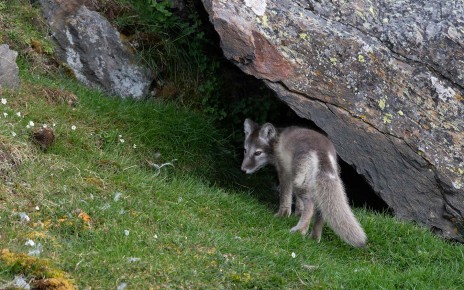[ad_1]

Ain’t half hot
While slightly sweltering in a passable imitation of an English summer – missed it last year, was in the bath – on the whole, we would rather not be with Sydney Pulver in Philadelphia. He shares a screenshot of his local weather forecast declaring the temperature to be “94°F – like 152°”.
Feedback is sure the “like” is said with feeling, but with our purely scientific sun hat on, the nature of the equivalence is rather hard to parse.
“152”, we muse further, is a number hard to translate into a liveable temperature, whatever flavour of ° you favour. The closest we can get is with the Delisle temperature scale. This product of the 18th century, a particularly fun time for slightly off-the-wall temperature scales, takes the boiling point of water as its zero and works downwards from there in units two-thirds the size of those in the only slightly later Celsius scale. By that reckoning, 152°D would be about -1.3°C, or a shade under 272 kelvin for the absolutists among us.
None of which helps, but then neither does the Fahrenheit scale generally. We are reminded of the ongoing mystery of what exactly Daniel Gabriel Fahrenheit first used to define his scale. According to one well-worn story, 0°F was as cold as Fahrenheit’s home city of Gdańsk, Poland, got in winter, while 100°F was variously Fahrenheit’s own temperature, that of his dog’s rectum or that of melting butter.
None of which helps either. It’s just hot, Sydney – like so hot.
Beating breast
Avoiding temperature altogether, as seems wise, can you cook a whole chicken by slapping it repeatedly? We have been trying on and off over the years – save energy bills, save the planet and all that – and failing. This is just one more factor in our continuing descent into vegetarianism.
Now YouTuber Louis Weisz has succeeded where we and many others have failed. Over the course of very many hours and 135,000 slaps, his “meat beater” mechanical slapping arm converted the requisite amount of kinetic energy to thermal energy fast enough for the chicken to retain heat and cook, but gently enough not to slap it into soup.
Big white hats off. With the wisdom of age, however, Feedback recalls that this isn’t the first such attempt to be crowned with success. As a cutting from the Journal of Irreproducible Results disgorged by our extensive piling system reveals, in 1987, researchers at the University of Southern Arizona slow-cooked a turkey by flinging it from the 10th floor of an administration building 72 times over the course of 6 hours. We can only presume it took about 5 minutes to get up the stairs again each time.
Stubborn growth
As a loyal subject, Feedback breaks cover to acknowledge the readers who wrote in to note that Her Majesty the Queen was recently presented with a new strain of rose in memory of the late Duke of Edinburgh by Royal Horticultural Society president Keith Weed. Weed has already featured twice in our pages (18 January and 15 August 2020), and we can only marvel at how he keeps popping up, however hard we try to keep him out.
Then there were five
National Geographic declares, excitingly, that Earth has not four oceans, but five. Our elation is only mildly blunted by learning that we haven’t found a new one down the back of the settee, nor is the publication referring to the slightly cheaty one discovered locked up in Earth’s mantle.
No, this is the good old Antarctica-engirdling Southern Ocean. The National Geographic Society’s map policy committee has now decided, slightly later than much of the world, that its distinct circulation and other characteristics mean it merits its own moniker.
Feedback is caught between the rock of thinking there have always been seven seas and the hard place of looking at a map and seeing only one, much like there are only really three continents (and a bit, if we’re being nice to Australia).
But we admire National Geographic‘s style, which is why we are now declaring, on behalf of New Scientist, the discovery of a fifth fundamental force of nature.
We aren’t particularly fussed which one – regular readers will know that physicists are hardly lacking in suggestions – but on the principle that it should be slightly underwhelming, we are plumping for a Higgs force. The means by which all fundamental particles acquire mass has been mired in procedural debates for years about whether it counts.
Enough. It’s a field, it’s a particle, it does stuff to stuff, and it’s pretty darned fundamental. We say so.
On the wax
“Nasa spacecraft captures first closeups of Jupiter’s largest moon in decades,” Sam Howison is startled to read in The Guardian, wondering how regularly it spawns new ones, or indeed how much they vary in size.
Questions beyond our wit to answer, Sam, although on the first one we have reason to believe that the moon in question, Ganymede, has been hanging around since at least 1610. For those who like their moons variable in size, we can only recommend a trick for next time Earth has a “supermoon” visible near the horizon: bend over forwards and view it upside-down through your legs. We promise you’ll be surprised.
Got a story for Feedback?
Send it to [email protected] or New Scientist, 25 Bedford Street, London WC2E 9ES Consideration of items sent in the post will be delayed
[ad_2]
Source link




